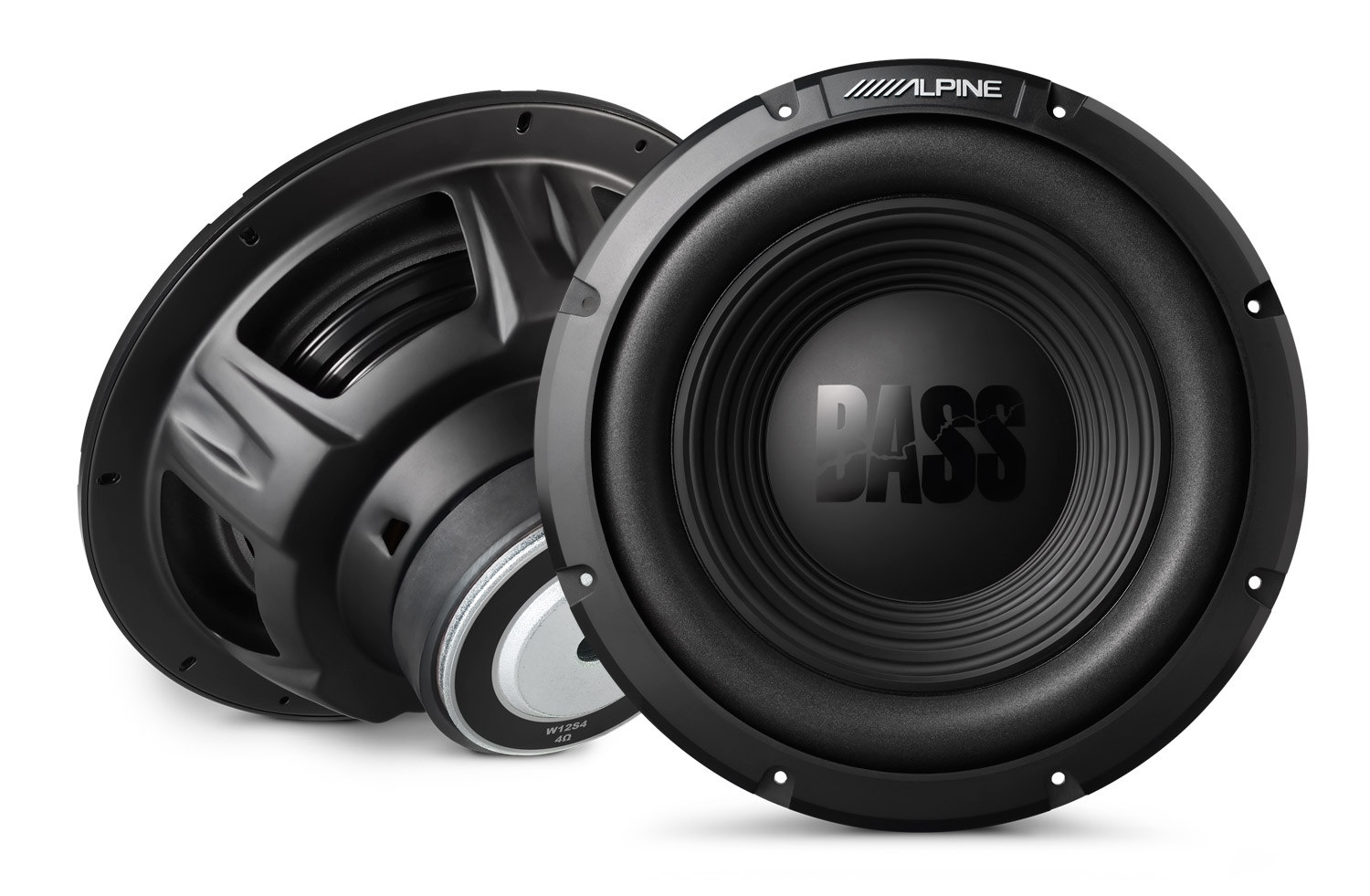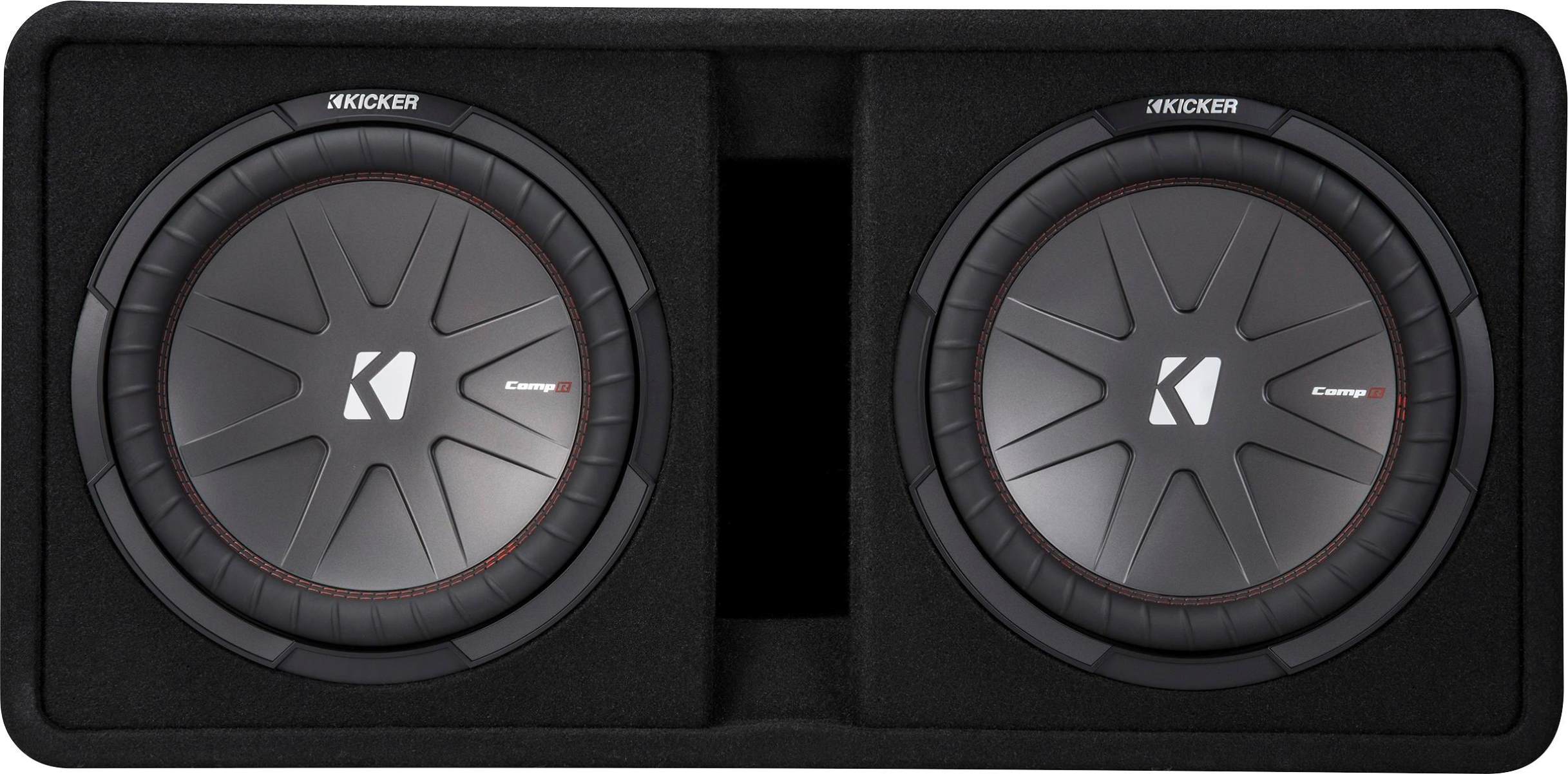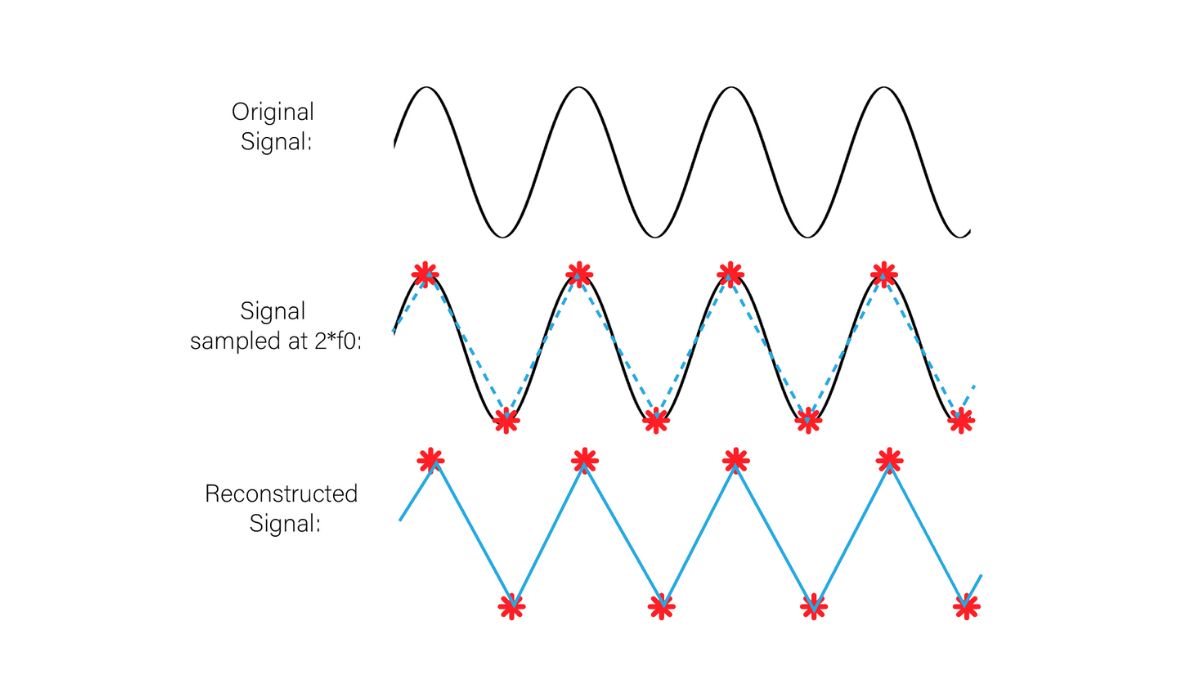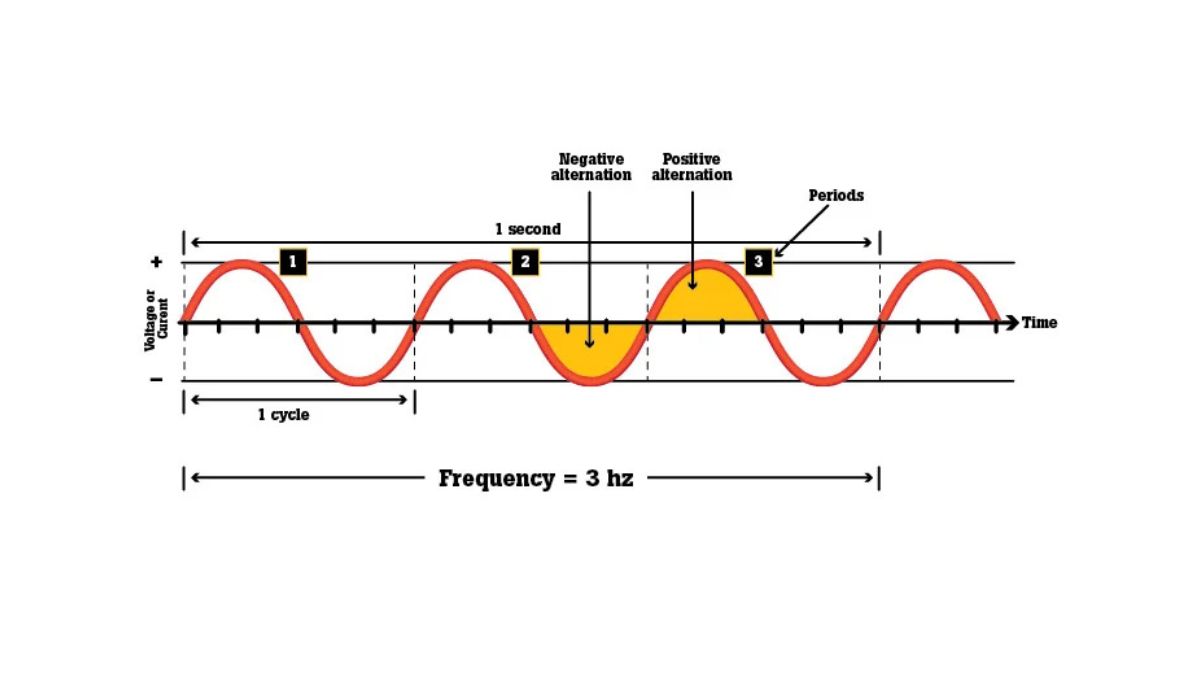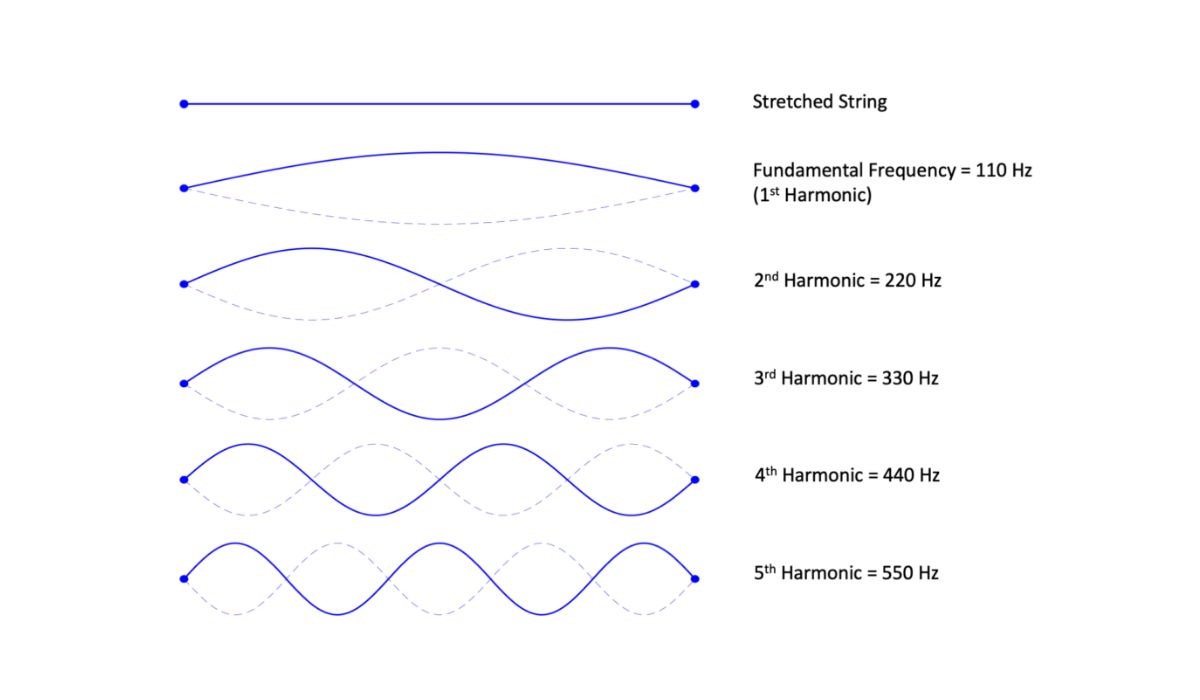Home>Devices & Equipment>Subwoofer>What Is The Best Frequency For Subwoofer
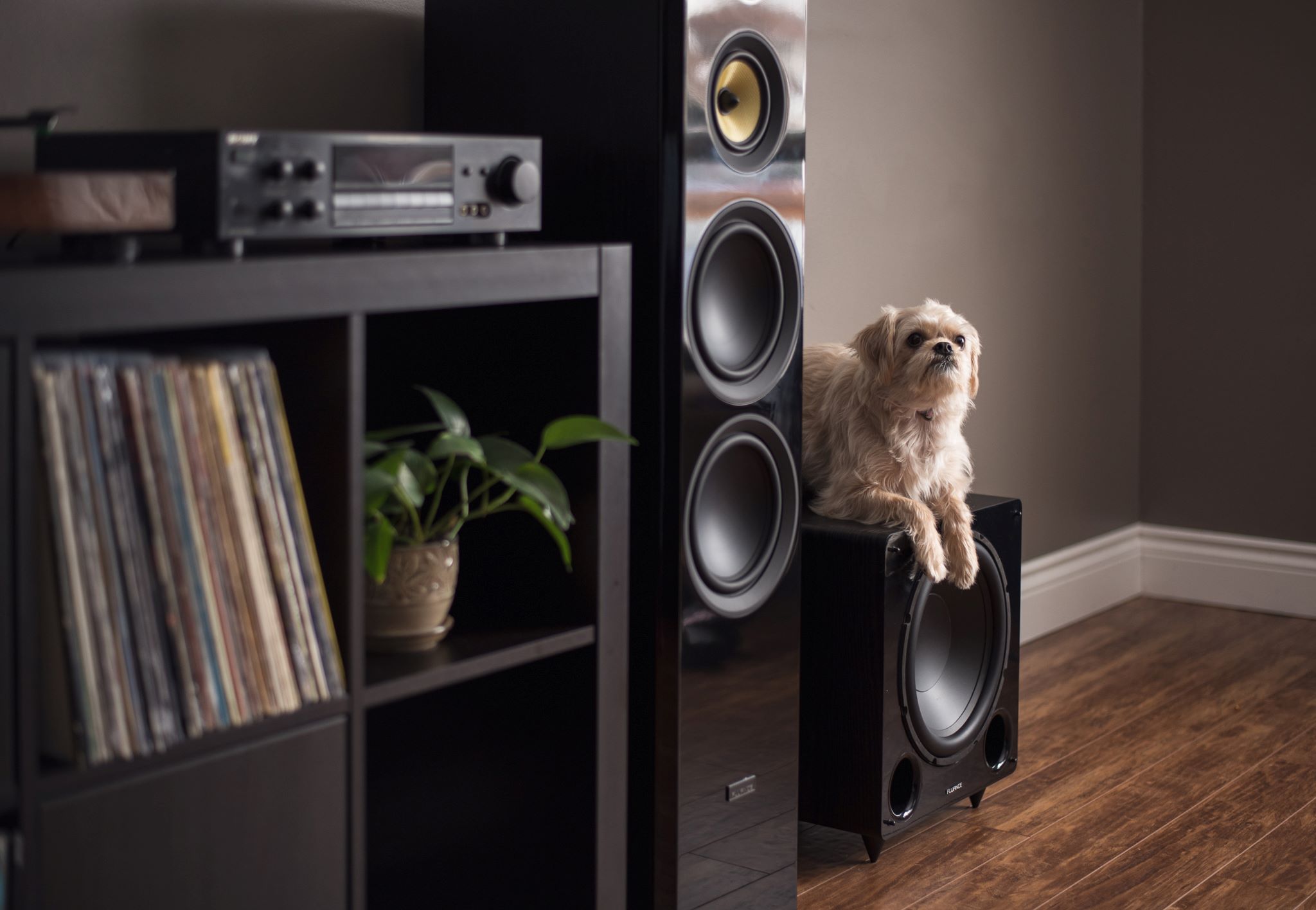

Subwoofer
What Is The Best Frequency For Subwoofer
Modified: February 18, 2024
Discover the optimal frequency for your subwoofer and enhance your audio experience. Find out the best settings for your subwoofer to achieve deep, powerful bass.
(Many of the links in this article redirect to a specific reviewed product. Your purchase of these products through affiliate links helps to generate commission for AudioLover.com, at no extra cost. Learn more)
Table of Contents
- Introduction
- Understanding Subwoofer Frequencies
- Factors to Consider when Choosing the Best Frequency for a Subwoofer
- Common Frequency Range Options for Subwoofers
- The Role of Room Acoustics in Determining the Ideal Subwoofer Frequency
- Tips for Finding the Best Frequency Setting for Your Subwoofer
- Conclusion
Introduction
Welcome to the world of subwoofers! If you are a music enthusiast, audio professional, or simply someone who enjoys a powerful low-end sound, then you are in the right place. Subwoofers are an essential component of any audio system, providing deep bass frequencies that add richness and depth to music, movies, and gaming experiences.
However, choosing the best frequency for your subwoofer can be a daunting task. With the abundance of options and technical jargon, it’s easy to get lost in the sea of information. But fear not! In this article, we will demystify subwoofer frequencies and guide you towards finding the optimal frequency setting for your subwoofer.
Before we dive into the intricacies of subwoofer frequency selection, let’s briefly understand what frequencies are. Frequencies refer to the number of vibrations or cycles that occur in a sound wave per second, measured in Hertz (Hz). The range of human hearing typically spans from 20Hz to 20,000Hz, with the lower end of the spectrum being responsible for those deep, rumbling bass tones.
Subwoofers, specifically designed to handle low-frequency sounds, play a crucial role in reproducing these deep bass frequencies accurately. However, not all subwoofers are created equal, and different models may have varying frequency response capabilities. It’s important to choose the right frequency that complements your audio setup and satisfies your sonic preferences.
Now that we have a basic understanding of what subwoofer frequencies are, let’s explore the factors to consider when selecting the best frequency for your subwoofer.
Understanding Subwoofer Frequencies
Subwoofer frequencies refer to the range of low-end sound that a subwoofer is capable of producing. These frequencies typically start below 80Hz and extend down to 20Hz or even lower in some cases. The lower the frequency, the deeper and more powerful the bass response.
Subwoofers are designed with specialized drivers and enclosures to accurately reproduce low-frequency sounds. These drivers are capable of moving significant amounts of air, creating the deep rumbling bass that you can feel in your chest. Subwoofers also incorporate built-in amplifiers to provide the necessary power to drive the low frequencies.
It’s important to note that subwoofers are not meant to reproduce the entire audio spectrum, but rather focus on the lower end, specifically the bass frequencies. This allows other speakers, such as bookshelf or floor-standing speakers, to handle the mid-range and high-frequency sounds more effectively.
Subwoofers can produce frequencies as low as 20Hz, which is on the lower end of the audible spectrum for humans. These ultra-low frequencies are often felt more than heard and can add depth and impact to music, movies, and games. They can reproduce the rumble of an explosion, the thunder of a storm, or the deep bass notes of a musical composition.
Understanding subwoofer frequencies is crucial for getting the most out of your audio system. By tailoring the subwoofer’s frequency response to your specific needs and preferences, you can achieve a more balanced and immersive sound experience.
Now that we have a solid grasp on what subwoofer frequencies are, let’s explore the factors you should consider when selecting the best frequency for your subwoofer.
Factors to Consider when Choosing the Best Frequency for a Subwoofer
When selecting the best frequency for your subwoofer, there are several important factors to take into consideration. These factors will help you determine the ideal frequency range that suits your audio setup and listening preferences. Here are some key considerations:
1. Speaker System Compatibility: It’s crucial to ensure that your subwoofer’s frequency response matches well with the rest of your speaker system. Ideally, the subwoofer’s low-frequency capabilities should blend seamlessly with the mid-range and high-frequency performance of your other speakers. This will create a balanced and cohesive soundstage.
2. Music Genre and Personal Preference: Different music genres have varying levels of bass content. For example, electronic or hip-hop music may benefit from a subwoofer with a lower frequency range to reproduce the deep, booming bass. Conversely, classical or acoustic music may require a more subtle and controlled bass response. Consider your personal preference and the genres you listen to most frequently when selecting the best frequency for your subwoofer.
3. Room Acoustics: The size, shape, and furnishings of your listening room can significantly impact the sound produced by your subwoofer. Large, open spaces may benefit from a subwoofer with extended low-frequency capabilities to fill the room with rich bass. On the other hand, smaller or heavily furnished rooms may exhibit more natural bass resonance, and a subwoofer with a tighter frequency response may be more suitable.
4. Listening Environment: Consider the purpose and intended use of your subwoofer. If you primarily use it for home theater applications, a lower frequency range can enhance the impact of explosions, crashes, and other dynamic sound effects. If your subwoofer is mainly used for music, a more refined and controlled bass response may be desirable for accurate reproduction of musical instruments.
5. Room Correction and Equalization: Many modern subwoofers feature built-in room correction and equalization capabilities. These technologies measure the room’s acoustics and adjust the subwoofer’s output to compensate for any room-induced frequency imbalances. Utilizing these features can help optimize the subwoofer’s frequency performance for your specific listening environment.
By considering these factors, you can make an informed decision when choosing the best frequency range for your subwoofer. It’s important to strike a balance between technical specifications, personal preference, and the overall listening experience. Experimenting with different frequency settings can also help you fine-tune the subwoofer’s performance to perfection.
Common Frequency Range Options for Subwoofers
Subwoofers come in a variety of frequency range options, each with its own advantages and considerations. Here are some common frequency range options for subwoofers:
1. 20Hz-80Hz: This frequency range is considered the standard for most subwoofers. It covers the fundamental bass frequencies, providing a solid foundation for a wide range of music genres, movies, and games. Subwoofers in this range offer a good balance between producing deep bass and maintaining clarity and definition in the low-end response.
2. 15Hz-120Hz: Subwoofers in this extended low-frequency range can reproduce deeper bass and add an extra level of impact and rumble to your audio experience. They are ideal for home theater enthusiasts who want the visceral feel of explosions, earthquakes, and other dynamic sound effects. However, it’s important to ensure that the rest of your speaker system can keep up and maintain balance with the powerful low-frequency output.
3. Variable Frequency Control: Some subwoofers offer a variable frequency control feature, allowing you to adjust the frequency range based on your preferences and the characteristics of your listening environment. This flexibility allows you to fine-tune the subwoofer’s performance to achieve the ideal balance between deep bass extension and overall sound clarity.
4. Customizable Frequency Profiles: Advanced subwoofers may have customizable frequency profiles that enable you to adjust specific frequency bands. This level of control allows you to tailor the subwoofer’s response to match different music genres, movies, or personal listening preferences. It provides a more tailored and immersive audio experience, but it requires a deeper understanding of frequency adjustments and careful calibration.
5. Subwoofer Combo Systems: Some subwoofer systems come bundled with multiple subwoofers, each designed to handle different frequency ranges. This setup allows for a more precise and balanced distribution of bass frequencies, improving the overall impact and coverage. It is commonly used in larger audio systems or high-end home theater setups.
When selecting the frequency range for your subwoofer, it’s essential to consider your specific needs, listening preferences, and the capabilities of the rest of your audio system. The goal is to find a frequency range that provides a balanced and immersive audio experience while enhancing the low-frequency performance of your setup.
The Role of Room Acoustics in Determining the Ideal Subwoofer Frequency
Room acoustics play a pivotal role in the overall sound quality and performance of your subwoofer. The characteristics of your listening room, such as its size, shape, and furnishings, can significantly impact how the bass frequencies are perceived and reproduced. Understanding the role of room acoustics is essential in determining the ideal subwoofer frequency for your setup.
The size of your room can affect how low-frequency sound waves interact with the boundaries of the space. In smaller rooms, the boundaries are closer together, which can result in more resonant bass frequencies. This can lead to a boomy or exaggerated bass response. In larger rooms, the low-frequency sound waves have more space to disperse, resulting in a more balanced and even bass reproduction.
The shape of the room is another factor to consider. Rooms with odd shapes or irregular dimensions can introduce standing waves and acoustic abnormalities, particularly in the low-frequency range. These standing waves can create peaks and nulls in certain frequencies, causing uneven bass response. Rectangular rooms with well-balanced proportions tend to provide more uniform bass performance.
The furnishings in your room can also impact the way bass frequencies are perceived. Soft materials like carpets, drapes, and upholstered furniture can absorb bass energy, reducing the overall impact and clarity. On the other hand, hard surfaces like bare floors, glass windows, and walls can reflect and amplify bass frequencies, resulting in a more boisterous bass response. Finding the right balance of absorptive and reflective surfaces can help in achieving a more accurate and balanced bass reproduction.
When determining the ideal subwoofer frequency for your room, it is crucial to consider these room acoustic factors. If your room exhibits strong resonances or irregularities in certain frequencies, you may need to adjust the subwoofer frequency to compensate. Room correction systems, such as digital signal processing (DSP), can help mitigate room-induced acoustic issues and optimize the subwoofer’s performance for your specific listening environment.
Furthermore, experimenting with different subwoofer placements within the room can also play a role in finding the ideal frequency. Moving the subwoofer closer to room boundaries, such as corners, can enhance bass reinforcement, while placing it in the center of the room can provide more balanced bass distribution. By strategically positioning the subwoofer, you can potentially achieve better bass integration with the rest of your speaker system.
Overall, understanding and addressing the room acoustics is paramount in determining the ideal subwoofer frequency for your setup. By considering the size, shape, furnishings, and employing room correction techniques, you can optimize the subwoofer’s low-frequency performance to create a more immersive and accurate audio experience.
Tips for Finding the Best Frequency Setting for Your Subwoofer
Finding the best frequency setting for your subwoofer can greatly enhance your audio experience and ensure optimal performance. Here are some tips to help you fine-tune the frequency setting for your subwoofer:
1. Start with the Manufacturer’s Recommendation: Most subwoofer manufacturers provide suggested frequency settings or guidelines for their products. It is a good starting point to follow these recommendations. These guidelines are often based on extensive testing and engineering to achieve the best performance from the subwoofer.
2. Use Test Tones or Calibration Tools: Test tones or calibration tools can help you identify the resonant frequencies in your listening room. These tools produce a steady tone at specific frequencies, allowing you to listen for any unevenness or boomy spots in the bass response. Adjust the subwoofer frequency and observe how it interacts with the room acoustics until you achieve a more balanced sound.
3. Experiment with Different Frequencies: Don’t be afraid to experiment with different frequencies to find the sweet spot for your subwoofer. Start by adjusting the frequency in small increments or using a variable frequency control feature if available. Listen to various audio content, including music, movies, and games, to assess how the different frequencies impact the overall sound. Trust your ears and make subtle adjustments until you find the frequency that delivers the desired bass performance.
4. Consider the Genre of Music or Content: The genre of music or content you frequently listen to can influence the ideal frequency setting for your subwoofer. Different music genres and movies have varying levels of bass content. Experiment with frequency adjustments to match the specific requirements of the content you enjoy the most. This can help you achieve a more accurate and immersive audio experience.
5. Utilize Room Correction and Equalization: Take advantage of your subwoofer’s room correction and equalization capabilities, if available. These features use advanced algorithms to compensate for room-induced acoustic issues and optimize the subwoofer’s performance. Follow the instructions provided by your subwoofer’s manufacturer to effectively calibrate and fine-tune the frequency setting using the built-in room correction features.
6. Seek Professional Calibration: For the most precise and accurate results, consider seeking professional calibration services. Acoustic technicians or audio professionals can analyze your room acoustics, measure frequency responses, and make precise adjustments to optimize the subwoofer’s frequency setting for your specific environment. Professional calibration can help you achieve a more balanced and immersive audio experience.
7. Trust Your Ears: Ultimately, the best frequency setting for your subwoofer is subjective and dependent on your personal preferences. Trust your ears and listen to what sounds best to you. Take your time to fine-tune the frequency setting and make incremental adjustments until you find the perfect balance between deep bass extension and overall sound clarity.
By following these tips and being willing to experiment, you can find the best frequency setting for your subwoofer that enhances your audio experience and brings your favorite content to life.
Conclusion
Choosing the best frequency setting for your subwoofer is a crucial step in optimizing your audio system and creating a captivating listening experience. By understanding subwoofer frequencies, considering factors like speaker system compatibility, personal preference, room acoustics, and using the right tools and techniques, you can find the ideal frequency that suits your needs and preferences.
Remember that subwoofers excel at reproducing deep bass frequencies, adding richness and depth to music, movies, and games. It’s important to strike a balance between achieving a powerful bass response and maintaining clarity and accuracy in the low-end performance.
Take advantage of the manufacturer’s recommendations, use test tones or calibration tools, and experiment with different frequencies to find the sweet spot for your subwoofer. Consider the genre of music or content you listen to, and utilize room correction and equalization features if available to optimize the frequency setting. If needed, professional calibration services can provide precise adjustments tailored to your specific listening environment.
Ultimately, trust your ears and listen for what sounds best to you. Fine-tuning the subwoofer frequency setting may require some patience and experimentation, but the end result will be a more immersive and enjoyable audio experience.
So, whether you’re looking to feel the thumping bass of your favorite music or be enveloped in the explosive sounds of a blockbuster movie, finding the best subwoofer frequency setting will bring your audio system to life. With the right frequency, you can elevate your audio experience and immerse yourself in the full power and depth of sound.

